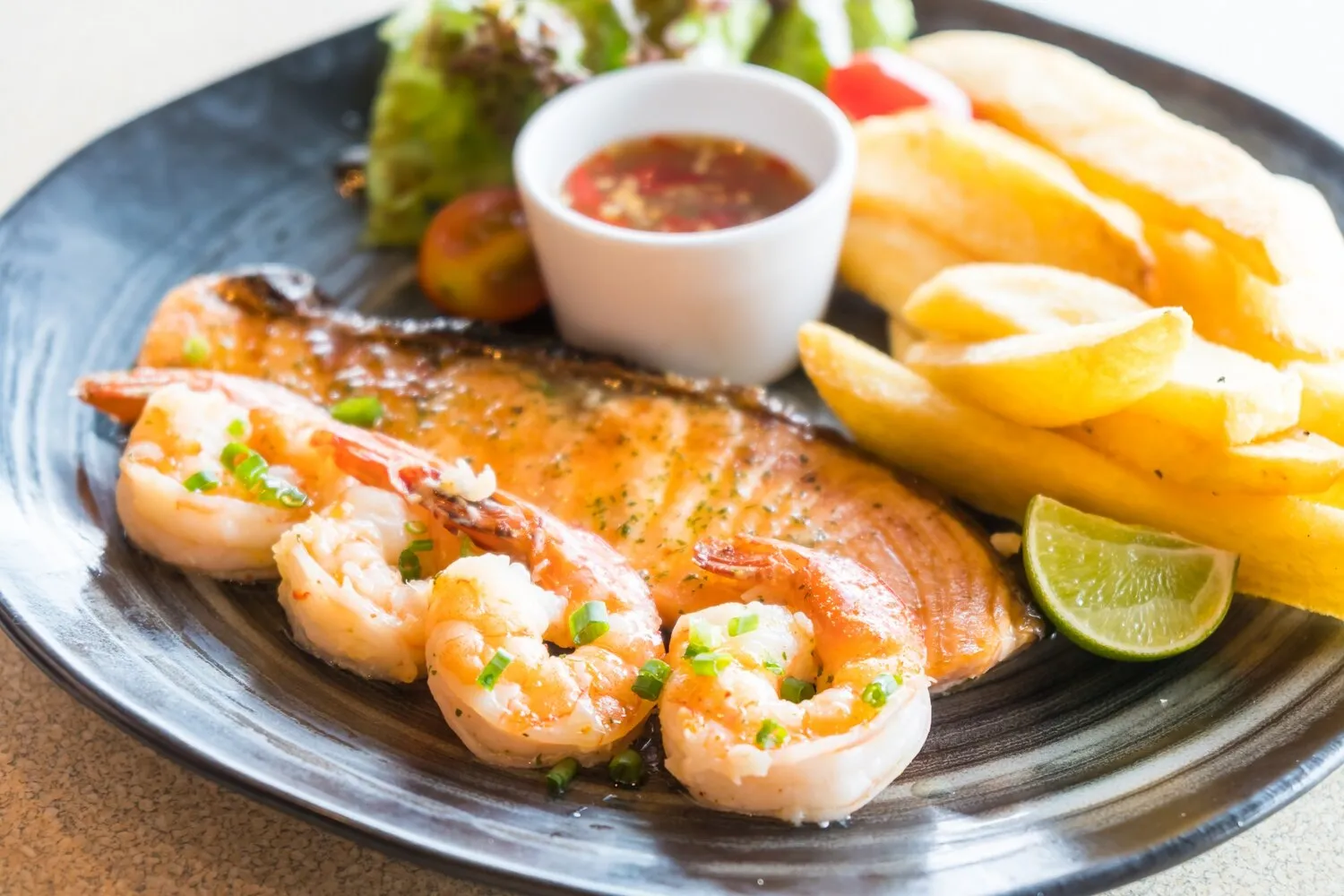
Beef Cheek
Slow-cooked beef cheek.
Nutrition Facts
* The % Daily Value (DV) tells you how much a nutrient in a serving of food contributes to a daily diet. 2,000 calories a day is used for general nutrition advice.
Beef cheeks, being a tougher cut, were traditionally a resourceful way for poorer communities to utilize all parts of the animal. Slow cooking methods emerged as the ideal way to tenderize these cuts, a practice deeply rooted in European peasant cuisine. French cuisine, with its emphasis on braising and rich sauces, has greatly popularized the dish.
Slow-cooked beef cheeks represent resourcefulness and comforting, home-style cooking. They are often associated with family gatherings and celebrations, especially in cultures where nose-to-tail eating is valued.
Winter Comfort Food
This dish is particularly popular during colder months due to its hearty and warming nature. The long cooking time fills the home with comforting aromas.
Wine Pairing
Beef cheeks are frequently paired with robust red wines, such as Cabernet Sauvignon, Bordeaux, or Chianti, which complement the rich, savory flavors of the dish.
Sustainable Eating
The dish is an example of sustainable eating by utilizing a less common cut of beef and minimizing waste.
Slow-cooked beef cheeks are celebrated for their incredibly tender texture and rich, savory flavor profile. The long cooking time allows the connective tissue to break down, resulting in a melt-in-your-mouth experience.
The primary flavor is intensely beefy, enhanced by the braising liquid which often includes red wine, beef broth, and aromatic vegetables like onions, carrots, and celery (mirepoix). Herbs like thyme, bay leaf, and rosemary contribute earthy and fragrant notes. Depending on the recipe, there might be hints of sweetness from balsamic vinegar or caramelized onions, and a touch of acidity from tomatoes. The overall flavor profile is complex, deeply savory, and satisfying.
Sear the Cheeks Thoroughly
Searing the beef cheeks before braising is crucial for developing a rich, deep flavor and adding color. Make sure to sear all sides of the cheeks until they are nicely browned.
Low and Slow is Key
The most important factor is cooking the cheeks at a low temperature for a long period. This allows the collagen to break down and tenderize the meat.
Don't Overcrowd the Pot
If braising in a pot, make sure the beef cheeks are not overcrowded. Overcrowding can lower the temperature of the braising liquid and prevent the meat from browning properly. Work in batches if necessary.
Use Quality Ingredients
Using high-quality beef broth and wine will significantly enhance the flavor of the dish. Choose a red wine that you enjoy drinking, as its flavor will be present in the final product.
Explore additional Modern Cuisine dishes and restaurants
Explore Modern CuisineDiscover top dining spots and culinary experiences in Auckland.
Explore AucklandLearn more about the food culture, restaurant scene, and culinary heritage of New Zealand.
Explore New Zealand